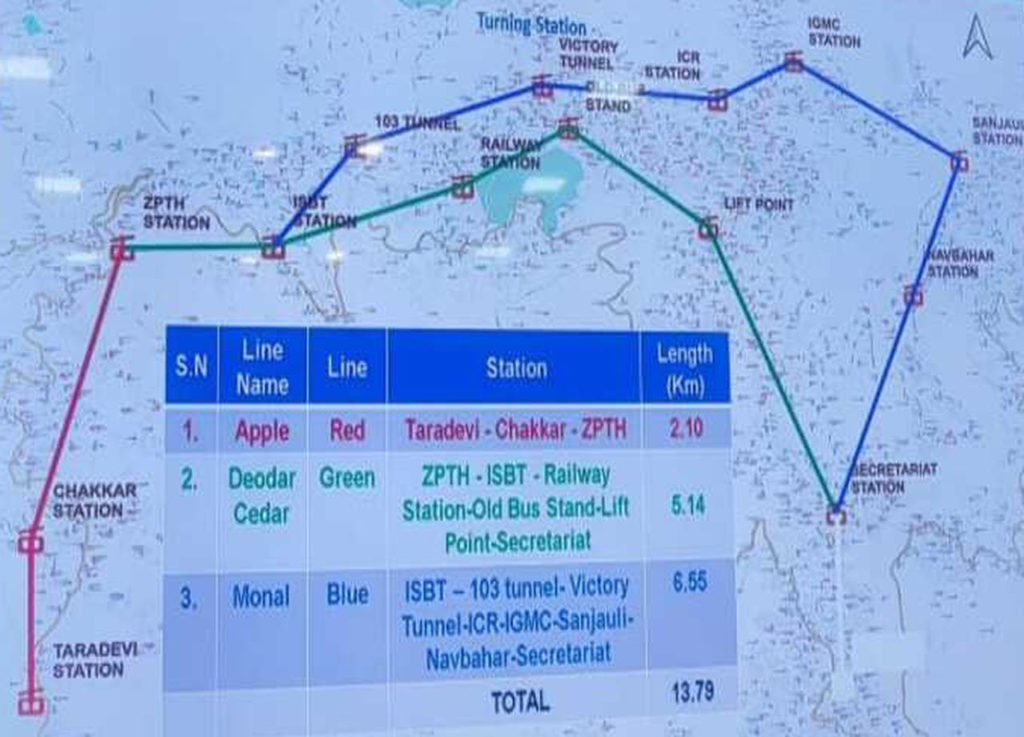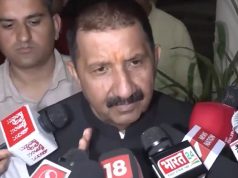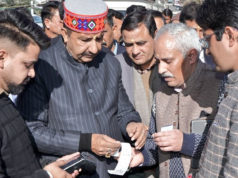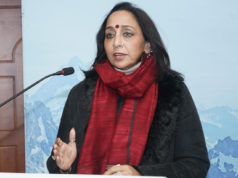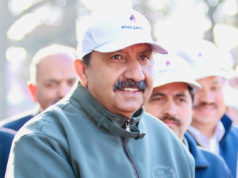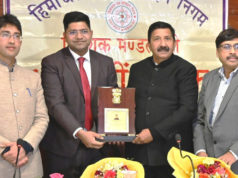Shimla – In a visionary move to combat escalating traffic congestion and promote eco-friendly commuting, the Himachal Pradesh government has unveiled plans for the Shimla Ropeway Project, set to become the longest urban ropeway in India. Deputy Chief Minister Mukesh Agnihotri, in a press conference at the Secretariat, announced that all formalities for the ambitious project have been completed, marking a significant step towards revolutionizing urban transportation in the picturesque city of Shimla.
The Shimla Ropeway Project, boasting 13.55 kilometers and 13 strategically located stations, is designed to alleviate traffic hotspots and contribute to the city’s sustainable development. The chosen stations include Taradevi, Judicial Complex Chakkar, Tutikandi Parking, New ISBT, Railway Station, Old ISBT Shimla, Lift, Secretariat, Chhota Shimla, Nav-Bahar, Sanjauli, IGMC, Ice Skating Rink, Victory Tunnel and 103 Tunnel.
With a cost estimated at Rs 1,555 crore, the project is set to be funded by the New Development Bank. Deputy Chief Minister Mukesh Agnihotri highlighted the eco-friendly nature of the ropeway, stating, “This project is not just a means of transportation; it is a visionary solution to decongest the city and provide a sustainable mode of commuting for the next 40 years.”
The tri-party agreement involving BRICS Bank, National Development Bank, and the Central government has been finalized, with the funding structure comprising 72 percent as a grant in aid, 8 percent as a shared loan, and the state government contributing 20 percent as state equity. Construction is slated to commence in October 2024, with the first phase expected to be completed within two and a half years and the entire project in five years.
The passenger ropeway is set to initially feature 220 cabins, each accommodating 8-10 persons, and this capacity is projected to increase to 660 over time. Agnihotri emphasized the project’s commitment to innovation, stating, “The ropeway will offer a nominal fare, making it accessible to the common people, while adhering to world-class safety standards.”
Shimla, renowned for its natural beauty and colonial charm, has been grappling with mounting traffic congestion, impacting both residents and the increasing number of tourists. The Shimla Ropeway Project emerges as a sustainable solution, alleviating traffic snarls and preserving the city’s green cover.
The Deputy Chief Minister concluded the announcement by expressing the government’s broader vision, stating, “We have set the target of having the longest passenger ropeway in India, and we are also exploring the possibility of a 38-km ropeway from Parwanoo to Shimla.” As the Shimla Ropeway Project heralds a new era in urban transportation, it will shape the city’s future. This transformative project is poised to enhance the quality of life for residents and elevate Shimla’s status as a model for sustainable urban development.


